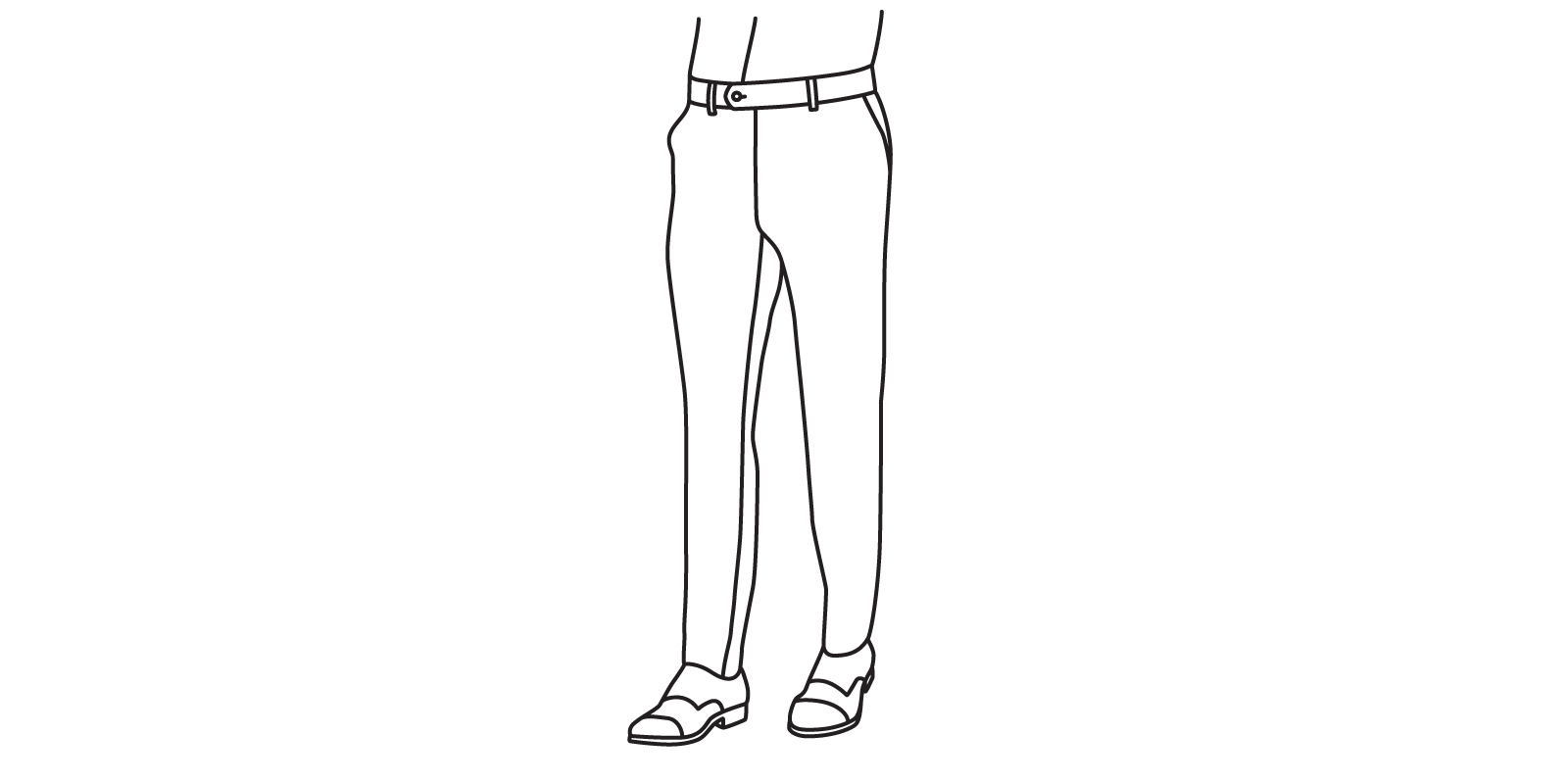The Fit Guide: Suit Jackets
Words are fine and dandy, but there’s really one way to determine whether or not your clothing properly fits: trying it on.
For this test, find yourself a suit jacket or sportcoat. Then follow the methods below to diagnose the fit.
Disclaimer: These rules are just "standards"—and no one has a "standard" body. Ultimately, the most important indicator of fit is how clothing looks and feels on you. Finding a fit that's right for you is more important than following the rules to a T.
The shoulders of the suit should not end before your own shoulders (left), or extend over them (center). They should end where your shoulders do (right).
Shoulders
Shoulders are make or break: there’s nothing a tailor can do about shoulders that don’t fit. You want the shoulders of the jacket to align as closely as possible to your own, without being too tight. To determine fit, grasp the fabric behind the armpit, right by your shoulder blade. If you can pinch between a half-inch and single inch of fabric you’re good to go.
The armhole should not be so high that it strains fabric (left), or so low that it leaves excess fabric (center). It should leave about one inch of fabric (right).
Armhole
A higher armhole makes for freer movement and an all-around sharper look. You should be able to grasp a full inch of fabric below each armhole.
The back of the jacket should not be so fitted as too cause strain between the shoulder blades (left) or so loose as to lose shape (center). It should fall flat without straining (right).
Back
You’re going to want a mirror or a very understanding friend for this one. Check to see if the fabric is straining anywhere on your back, particularly around the shoulder blades. Make sure it’s not hanging off of you like a sack of potatoes, either: this is often a problem for guys with curved backs. The fabric should fit the slope of the back, and fall flat without straining (note: a very small amount of strain is acceptable in slimmer fits).
The chest and midsection of the jacket should not be so fitted as to cause bowing (left) or so loose as to appear boxy (center). It should conform to your shape (right).
Chest and Midsection
The jacket should be fitted around your chest and waist, but not so tight that it causes your lapels to “bow,” or stick outward. Lapels falling flat? Great. Next, you’ll want to see if you can slip one hand, Napoleon-style, below your lapel as if reaching into your pocket. If you’re able to imitate the first Emperor of the French without discomfort, you’re looking good.
The jacket sleeve should not be so short as to end before your wrist (left), or so long as to completely cover them (right). It should be long enough to expose a quarter inch to half-inch of shirt sleeve (right).
Sleeve
Your sleeves shouldn’t look baggy, and they shouldn’t be long enough to completely cover your wrists. To test this, put on a shirt that properly fits you (more on that here). Your shirt sleeve should be a quarter inch to a half inch longer than your jacket sleeve, exposing a bit of shirt fabric.
The jacket should not end above the seat (left), and it should not fall far below it (center). A good middle ground is covering three quarters of the seat (right).
Length
Rules on length aren’t as set-in-stone as others—they can vary based on the height of the wearer. A happy medium is whether the jacket covers three-fourths of your seat.












